The New Autism: From frigid mothers to LSD to shock therapy to Velvi
‘Am I ruining my child for life?’
In 2003, David E. Simpson, J. J. Hanley and Gordon Quinn traced the lives of an entire generation of mothers in the 1950s-60s blamed for their children’s autism in a documentary titled Refrigerator Mothers. For decades, parents, especially mothers, were systematically traumatised due to Austrian-American child psychologist Bruno Bettelheim’s erroneous conclusion that autism was a result of poor parenting. Bettelheim popularised the term ‘refrigerator mother’. It did not help that he would repeatedly compare the conditions under which autism developed to conditions in Nazi concentration camps, a conclusion he drew from his personal experience of living in a concentration camp.
‘Throughout this book I state my belief that the precipitating factor in infantile autism is the parent’s wish that the child should not exist. While the same wish may not cause the same disturbance in other children, and while at some future time we may learn that some organic factor is a precondition of autism, the fact is that almost all organic conditions that have so far been linked to this disease are also present in nonautistic children.’ Bettelheim, The Empty Fortress
Autism has made a long, tiring journey since. Though, Bettelheim’s theory has since been disproven, and his dodgy credentials called into question, more than half a century later, the refrigerator mother theory still enjoys support in France and other pockets of Europe.
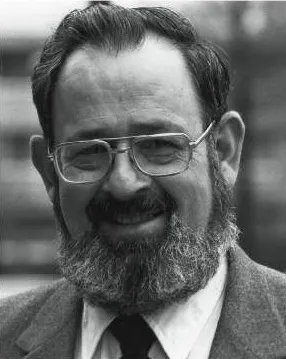
It’s interesting to note that Bettelheim drew this theory from American psychiatrist Leo Kanner's work on autism, who later rejected the refrigerator mother theory, and had come to accept a neurodevelopmental cause for the disorder. Kanner and noted American psychologist Bernard Rimland went on to become leading critics of this theory. One could say they were instrumental in stemming the popular tide against mother's of autistic children.
In 2013, Times of India published a piece on autism with the headline: ‘Autism is not a disease’. This inconspicuous statement clarifying the difference between a disease and disorder sums up India’s equation on autism.
We have no records of how many autistic children in India are routinely diagnosed with mental retardation, or worse, schizophrenia, in a horrible instance of historical flashback: Autism was once considered infantile schizophrenia, and patients subjected to brutal therapies. All we know is that there are some 10 million cases of autism, and few conclusive figures on prevalence, since many cases are likely to go undiagnosed (or, misdiagnosed).
Whilst autism is the result of abnormally complex brain chemistry and environment, the right kind of therapy does create new neural pathways to assist better learning. Currently, there are no cures to reverse autism, but research is underway.
But, there is no denying that treatment and management of autism in India lags far behind the rest of the world. However, there are those who've been steadfast in their passion to give children and adults with autism a far better quality of life than they can normally expect.
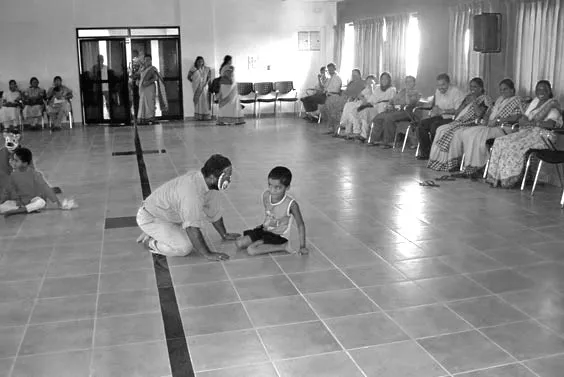
In 1998, Dr Parasuram Ramamoorthi founded the Velvi trust in Madurai, Chennai, home to ancient Indian art and culture. Dr Ramamoorthi wanted to blend the arts with therapy to help those diagnosed with autism.
His journey first began in London with a prison group called Clean Break, a project he continued for three years in Madurai. This eventually led to an interest in studying people with depression and schizophrenia, mental health issues he encountered in prisons.
‘My work got published. In 2003, Universität Rostock, Germany invited me to come and do research on autism.
‘One of the key issues every parent keeps talking about is: “My son does not look at me.” Eye contact is fundamental to communication. If eye contact is not there, some other substitute has to.
‘I fell back on my theatre training and natyashastra. Then it struck me! Let’s start trying with the mask. The mask is used in theatre for a different reason – for projection, self-enhancement, or being distant from the character. In children with autism, I used the mask with a specific reason: I told them nobody can see your face, so your identity is protected. With the two holes in the mask, the eyes have to see only in a specific direction. This way, the peripheral vision is completely cut off.’
The masks helped children maintain eye contact with people. When the texture irritated them, Dr Ramamoorthi suggested a kathakali face mask instead. Usually a parent or therapist applies the mask on the child. Surprisingly, most children grew accustomed to the tactile sensation they were previously ‘allergic’ to.
‘When we began to paint colours on their faces, they responded to it. We painted different colours and different animals on their faces. Nearly 8 out of 10 responded very favourable to this.
‘Since then, using a physical mask or facial mask has become very popular in autism circles. We have conducted research and found out that the attention span of children increased from 10 seconds to 300 seconds. Their ability to interact with another person also increased by about 60%.’

‘He has never looked at my face, and today he said, “Mom, your bindi is gone.”’
Whilst developing their intellectual abilities (which in many cases is very high in specific areas of cognitive functioning) is relatively easier, meliorating social skills is harder.
‘They don’t mix with others, they don’t have play dates, and they don’t play with other students. So, we use drama to bring them as a group, and make them play with each other. We teach them how to respond to emotional appeal. Even now many mothers tell me, "My son talks when I ask him a question, but he does not tell anything on his own."’
Dr Ramamoorthi insists that the mind of an autistic person is extraordinarily unique in what it can achieve, even with all the other intellectual and learning disabilities. When all society is taught is to notice the pothole, there’s no focus on how to get to the destination in spite of it.
Dr Ramamoorthi, instead, encourages parents to start noticing what children can do.
‘We help them with social skills. We help them with emotional intelligence. And, we help society to understand them.
‘We allow them to meet members of the opposite sex to teach them about sexuality: Things like first dates, how to continue that interest in another person, etc.’
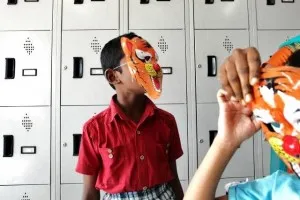
Velvi employs a plethora of games and activities to slowly and gradually develop social skills in people with autism. Yet, the awareness from people's side is abysmal.
‘I’m not sure if even a 100 million people are aware of what autism is. But, things are definitely changing. For example, SAP recruits autistic people very seriously.’
In developing their intelligence, Dr Ramamoorthi added two more intelligences to Howard Gardner’s popular multiple intelligence theory that identifies 7 key types of intelligences: animal intelligence and cooking intelligence.
The need came when he noticed many autistic children were very good with handling animals, and others displayed a marvellous knack for cooking. These specialised areas where autistic children excelled made him realise something many would consider radical.
‘I do not recommend parents to keep their children in school after the age of 16. In fact, they can withdraw much earlier after finding out what the child is good at. I would rather train them in a particular field of intelligence, and apprentice them with professionals in the field.’
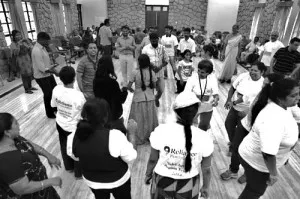
Dr Ramamoorthi’s journey into autism led him to meet groups of autistic poets. A mind buried under the dirt of misconceptions and myths would find it impossible that autistic people could write poetry, seeing as we’re told they can barely string a coherent sentence together. Dr Ramamoorthi goes as far as to say that in many cases, if an autistic individual can learn how to drive, he should be declared independent, though he’s quick to remind that this is slightly impossible in the Indian context for a variety of reasons.‘The whole system of educating even normal children is a terrible mess.
'I follow J. Krishnamurti’s philosophy of education.
‘When these children [autistic] are asked to compete with the neuro-typical children, they are a miserable failure. We need the sum of the basic skills: reading, writing and comprehension. I keep telling special schools: These are the 9 types of intelligences, maybe you can discover more.
‘Instead of pressurising them to learn what the school teaches, they should learn what they want to learn. Even our ancient gurukul system of learning can be effective.’
Dr Ramamoorthi stresses that special schools or conventional schools don’t realise how each autistic child is at his own level, will progress at his own pace and might require a completely different set of tools to learn. A generic curriculum that has autistic students making candles and paper baskets is ineffective, when their skills lie in completely different areas.
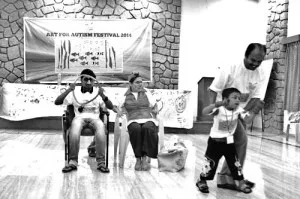
‘Every child makes candles, paper bags, envelopes, whereas one child should be running, say, a kennel.
‘If you think your child has a particular intelligence, try developing it right from the age of 5 or 6. Is it possible for you to study only mathematics n India right from the age of 5? Not yet. But, in many places you can.’
Dr Parasuram Ramamoorthi ends with a unique metaphor of the oak and the bonsai. The oak tree is a wild child of nature. It grows uncontrollably in every direction that provides nourishment. Its majesty lies in its unruly growth, in how the branches twist and turn incorrigibly. All the oak needs to grow unreservedly into a lucullan act of nature is an environment that will allow it.
Dr Ramamoorthi hopes for a day when all schools, conventional and special, treat their students the way nature treats its oak trees. He hopes for a day when we cease to treat our children as ornaments to be pruned, limited and structured into bonsais, so we may one day put them on display in our gardens.
‘My centre helps children grow organically.’







